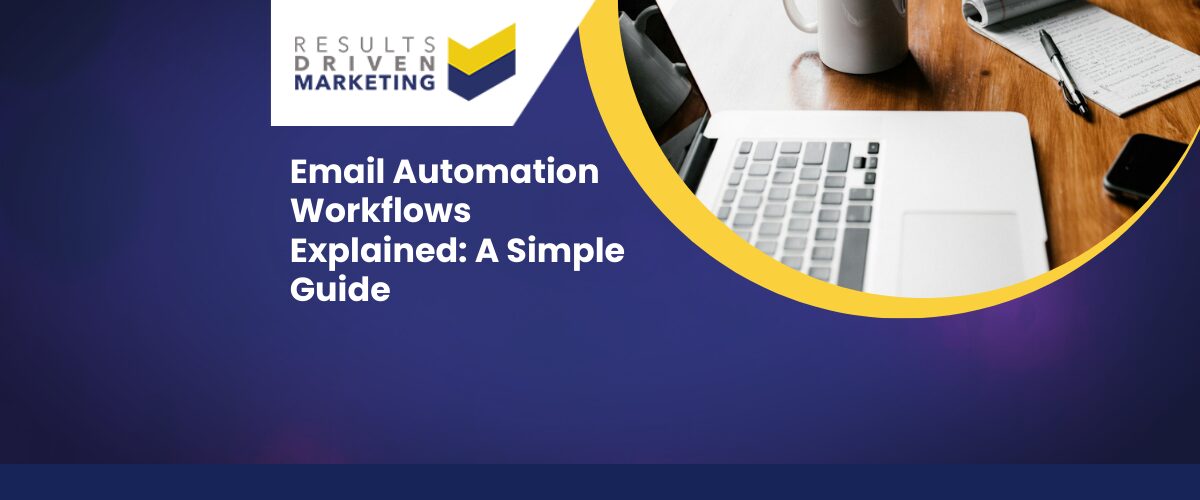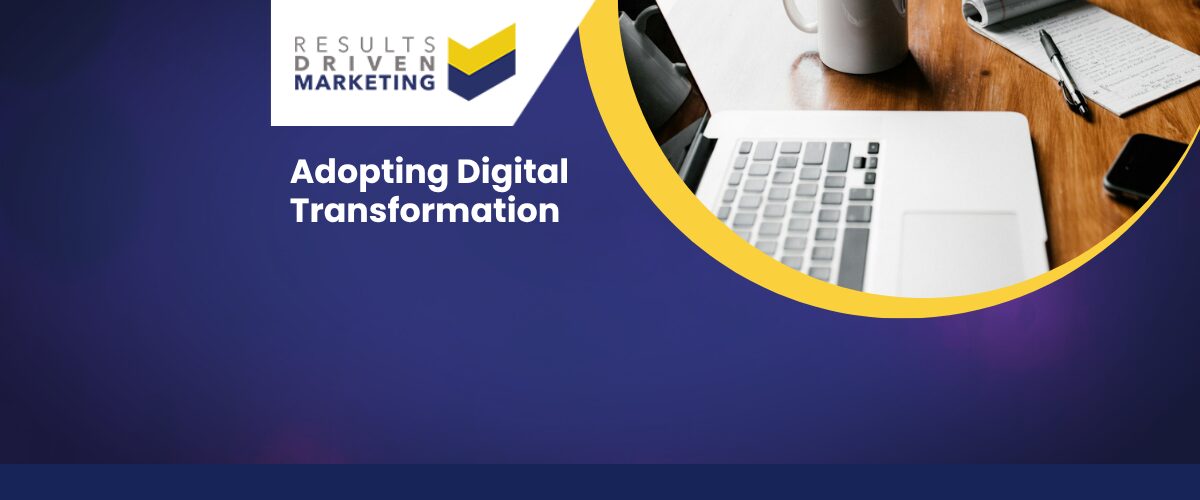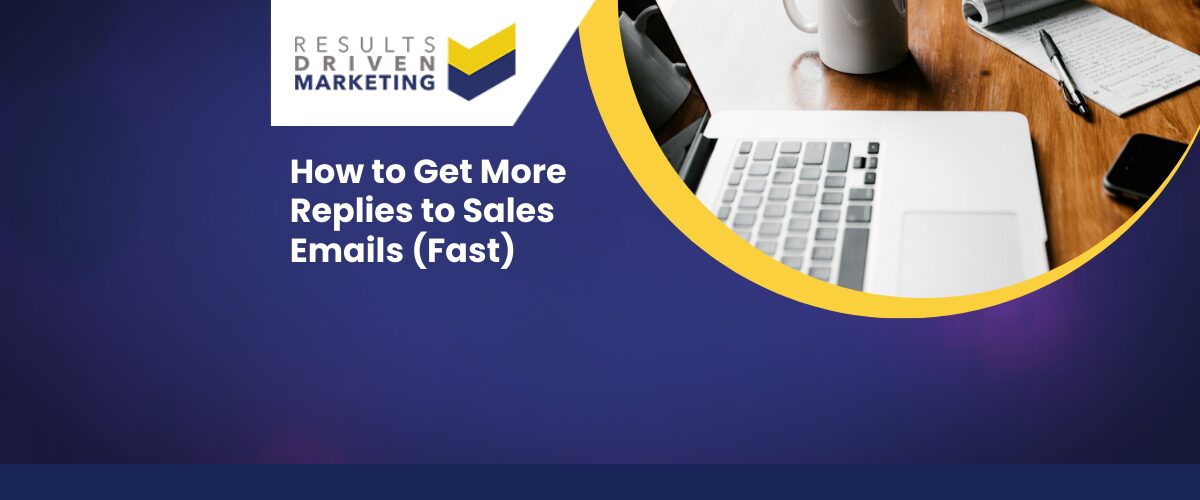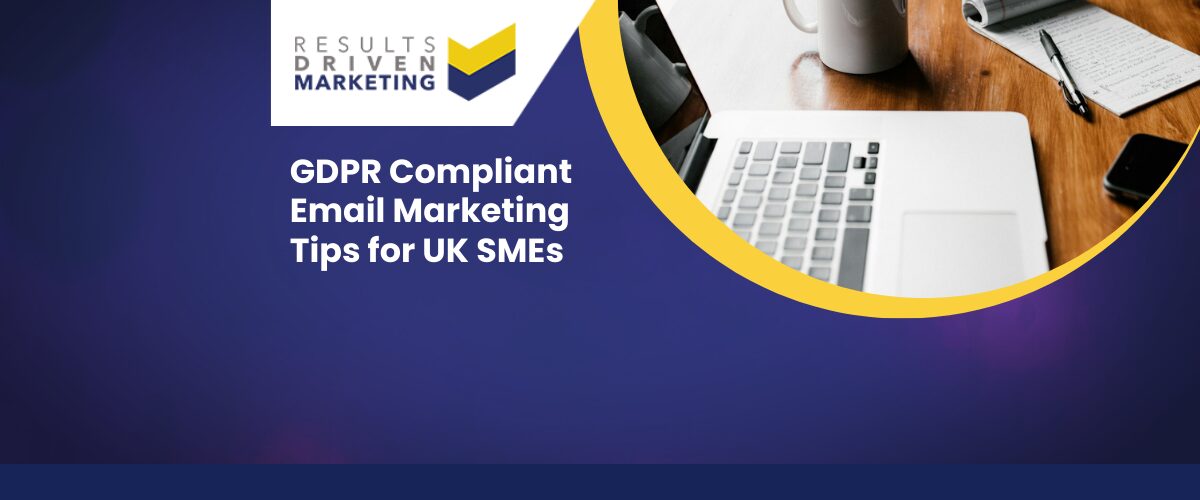
Email Automation Workflows Explained: A Simple Guide
Email automation workflows explained is a topic that can feel overwhelming for many SME business owners, sales directors, and marketers. You’ve likely heard that automation saves time, nurtures leads, and helps close more sales—but in practice, it often seems too complex or reserved for big businesses with large marketing teams.
The reality for most SMEs is very different. With limited time and resources, manual follow-ups are slow, leads slip through the cracks, and opportunities are missed. Campaigns can become inconsistent, leaving prospects disengaged and sales teams frustrated.
The good news? Email automation doesn’t have to be complicated. In fact, when set up correctly, it can work quietly in the background—welcoming new leads, nurturing prospects, and even reactivating dormant customers—while you focus on running your business.
In this guide, we’ll explain exactly how email automation workflows work, share practical examples, and show you how SMEs can use them to build stronger relationships and drive measurable results.
Table of contents:
What Are Email Automation Workflows?
At its simplest, an email automation workflow is a series of pre-planned emails that are sent automatically when a prospect takes a specific action or meets a certain condition. Instead of manually sending follow-up messages, the workflow handles it for you—ensuring consistent, timely communication with your audience.
For example:
-
A prospect signs up for a newsletter → they receive a welcome email.
-
A lead clicks a link about a service → they receive a follow-up email with more detail.
-
A customer hasn’t engaged for 3 months → they receive a re-engagement email.
The difference between automation and one-off campaigns is that workflows are triggered by behaviour, not guesswork. This makes your communication more relevant and ensures that no lead slips through the net.
For SMEs, this means less admin, faster responses, and more opportunities to move prospects along the sales journey—all without adding extra work to the team.
Why Email Automation Matters for SMEs
For SMEs, time and resources are always tight. Sales teams are often small, owners juggle multiple roles, and marketing tasks can easily fall to the bottom of the to-do list. That’s where automation makes a real difference.
Instead of manually following up with every lead, email workflows handle the process for you—keeping prospects warm and engaged until they’re ready to buy. This ensures that no opportunity is wasted, even if your team is busy elsewhere.
Key benefits for SMEs include:
-
Faster responses – leads get instant communication when they take action.
-
Consistency – every prospect receives the same professional experience.
-
Better engagement – messages feel timely and relevant, not random.
-
Improved ROI – campaigns work harder without adding extra costs.
-
Time savings – less manual admin for sales and marketing teams.
For smaller businesses trying to compete with larger players, automation levels the playing field. It helps SMEs act bigger than they are—without the overheads.
Key Types of Email Automation Workflows
Not all workflows are the same. The right one depends on your goals and where your prospects are in their buying journey. Here are the most common types SMEs can use to improve results:
Welcome Series
When someone first engages with your business, first impressions matter. A welcome series introduces your brand, explains your services, and sets expectations. It’s your chance to show professionalism and start building trust from day one.
Lead Nurturing Sequences
Many prospects aren’t ready to buy straight away. A nurturing sequence helps guide them along the journey—sharing useful insights, highlighting benefits, and keeping your business top of mind until they’re ready to take action.
Re-Engagement Campaigns
Every business has old data lists or prospects who’ve gone quiet. Re-engagement workflows are designed to wake them up with targeted updates, offers, or reminders, helping you unlock value from leads you might otherwise have written off.
Event or Trigger-Based Workflows
These are activated by specific actions—like filling out a form, downloading content, or attending an event. Because they’re triggered by behaviour, they feel timely and relevant, making it more likely the prospect will engage.
How to Build Your First Workflow
Setting up your first email automation workflow doesn’t have to be complicated. By breaking the process down into clear steps, SMEs can start small and scale up as confidence grows.
Step 1 – Define Your Goal
Decide what you want the workflow to achieve. Examples include generating leads, nurturing prospects, upselling existing clients, or reactivating dormant contacts. A clear goal keeps your emails focused and measurable.
Step 2 – Segment Your Data
Not every message is right for every contact. Group your data by job role, sector, region, or stage in the buying cycle. This ensures your emails are relevant and increases the chance of engagement.
Step 3 – Map the Workflow
Sketch out the journey: trigger → email sequence → action. For SMEs, simplicity is key. Start with just a few steps before building more complex workflows.
Step 4 – Write the Emails
Keep messages short, professional, and helpful. Use clear subject lines, one core idea per email, and always finish with a single call-to-action (e.g. “Would you like a quick call next week?”).
Step 5 – Monitor & Optimise
Track opens, clicks, replies, and conversions. Use this data to tweak subject lines, timing, and messaging. Continuous small improvements will strengthen results over time.
Best Practices for Successful Automation
While automation can save time and improve results, its success depends on how you use it. For SMEs, keeping things simple and strategic is the best approach.
-
Start small – Build one workflow at a time. A simple welcome series or re-engagement campaign is often the best place to begin.
-
Balance frequency – Avoid overwhelming prospects. A steady, well-timed sequence works far better than daily emails.
-
Personalise where possible – Adding a first name, company, or role helps messages feel tailored and increases response rates.
-
Stay compliant – Always ensure your campaigns follow GDPR and CTPS rules. Protecting your reputation is just as important as generating leads.
-
Link automation with sales – Automation should support your sales process, not replace it. Make sure leads are handed over to your team at the right time.
-
Test and refine – Small adjustments in subject lines, timing, or CTA wording can make a big difference.
By following these principles, automation becomes a tool for building stronger relationships, not just sending more emails.
Why Choose Results Driven Marketing
At Results Driven Marketing, we understand that SMEs don’t just need tools—they need the right data, practical support, and straightforward guidance to make email automation work. That’s why so many businesses across the UK trust us to help them run campaigns that actually deliver results.
Here’s what sets us apart:
-
Accurate, targeted B2B data – Access decision-makers across 2,000+ sectors.
-
Compliance as standard – All lists are GDPR and CTPS-checked, so your campaigns are safe and professional.
-
Tailored targeting – Whether you need owners, directors, or marketing leads, we provide data built around your specific audience.
-
Practical support – We don’t just supply data; we share proven advice on how to use it effectively in workflows and campaigns.
-
Proven success – Our clients regularly see stronger engagement, shorter sales cycles, and more qualified leads.
Our goal is simple: to help SMEs turn their data into conversations, and those conversations into customers.
Next Steps for SMEs Ready to Automate
By now, you’ve had email automation workflows explained in a way that shows how simple and effective they can be for SMEs. From welcoming new leads to re-engaging old ones, automation helps you deliver the right message at the right time—without adding more pressure to your team.
To get started:
-
Choose one workflow, such as a welcome or re-engagement sequence
-
Segment your data to keep messages relevant
-
Map a simple journey with a clear goal
-
Write short, professional emails with one call-to-action
-
Track results and make small improvements over time
At Results Driven Marketing, we’re here to support you with both the data and the strategy to make automation work for your business. Whether you’re looking to expand into new markets or maximise the value of your existing lists, we’ll help you build campaigns that convert.
👉 Ready to put automation to work for your business? Contact us today to discuss your data needs and plan your next campaign.
Results Driven Marketing
IIB Trading Ltd, trading as Results Driven Marketing
📍 Cobalt Business Exchange, Newcastle
📞 0191 406 6399
🌐 rdmarketing.co.uk





